- Every civilization continues the spiritual blood of a country and nation, and the ancient irrigation project is one of them
- Shaanxi Longshouqu Yinluo Ancient Irrigation District is located on the terraces of Weiluo River in Qindong Plain, and its ecological, economic and social benefits are significant
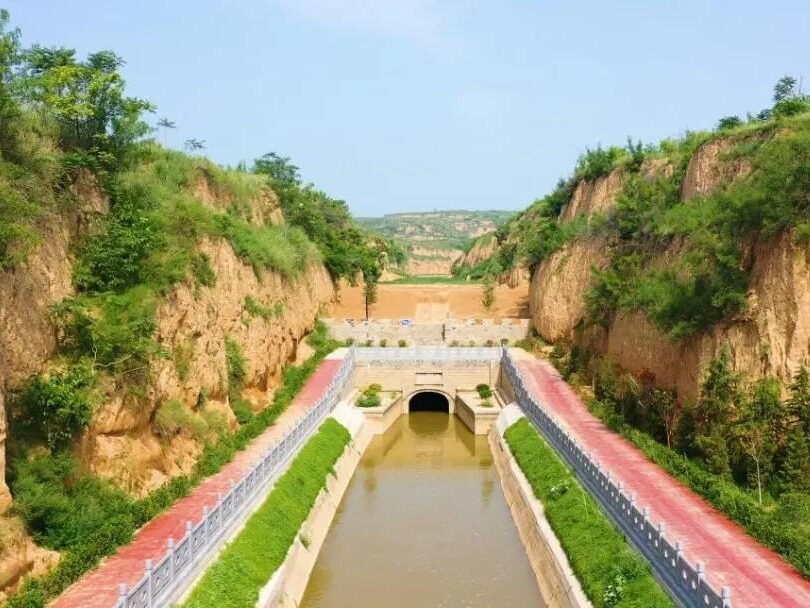
Since 2014, through the recommendation of various national irrigation and drainage committees and the review of the international jury, 23 ancient irrigation projects in China have been included in the world's irrigation engineering heritage. Every irrigation project heritage is a living demonstration, presenting the cultural heritage, scientific and technological spirit of the Chinese nation. We hope that through our joint protection, the history and culture will be eternal in the gurgling canals and in the vibrant fields. .
Yinluo Ancient Irrigation District, Longshouqu, Shaanxi
On December 8, 2020, at the 71st Executive Council of the International Irrigation and Drainage Commission held online, the Longshouqu Yinluo Ancient Irrigation District, which was built in the Western Han Dynasty, was included in the seventh batch of World Irrigation Project Heritage List.
Start building
The Yinluo Ancient Irrigation District of Longshouqu, Shaanxi is located on the terraces of the Weiluo River in the Qindong Plain. It is known as the "Nine Droughts in Ten Years". Yinluo irrigation has always been an important means to get rid of agricultural difficulties in this area.
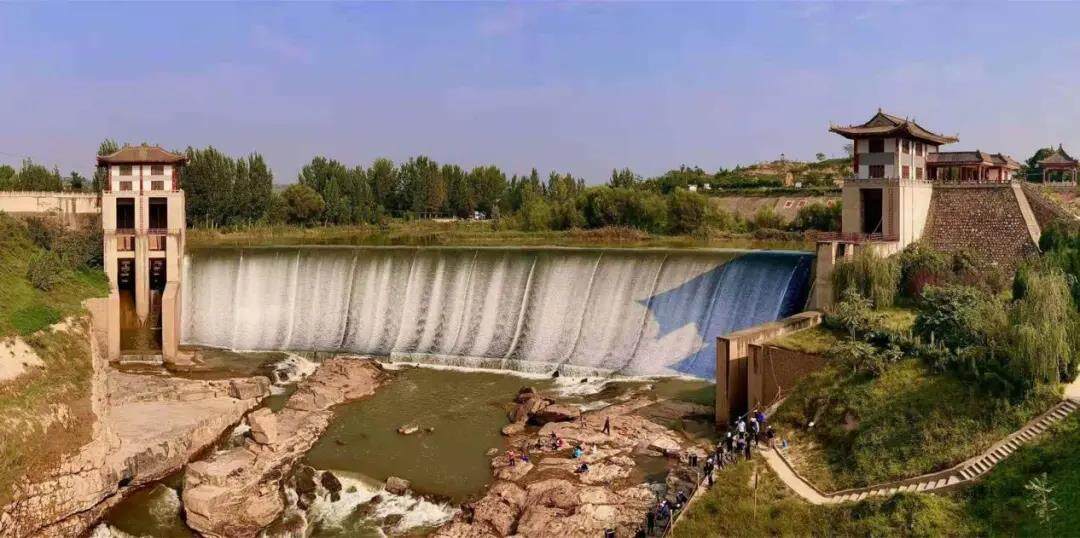
The Luo River is a secondary tributary of the Yellow River. It originates from the southern foot of Baiyu Mountain in Dingbian County, Yulin City, flows through three cities and eleven counties, and flows into the Weihe River at the mouth of the three rivers. The downstream reaches are blocked by the Tielian Mountain, making development and utilization extremely difficult.
In 120 BC, Emperor Liu Che of the Han Dynasty took the suggestion of Xiong Feng, Shouzhuang, Linjin County, to open a canal to divert water at the Laozhuangdui Waterfall in Chengcheng County on the lower reaches of the Luohe River. He recruited more than 10,000 soldiers and soldiers. After more than ten years, the Beiluo River was built. The oldest and most difficult artesian irrigation project in the basin.
Evolution
As the loess sinks in water, the bank of the canal collapses frequently, and the tunnel is blocked due to the influence of quicksand and submerged springs. In addition, frequent wars have caused the project to fail to achieve long-term benefits. However, the pace of exploration by the sages has never stopped. In the past, Yinluo irrigation has been splendid and each has its own characteristics.
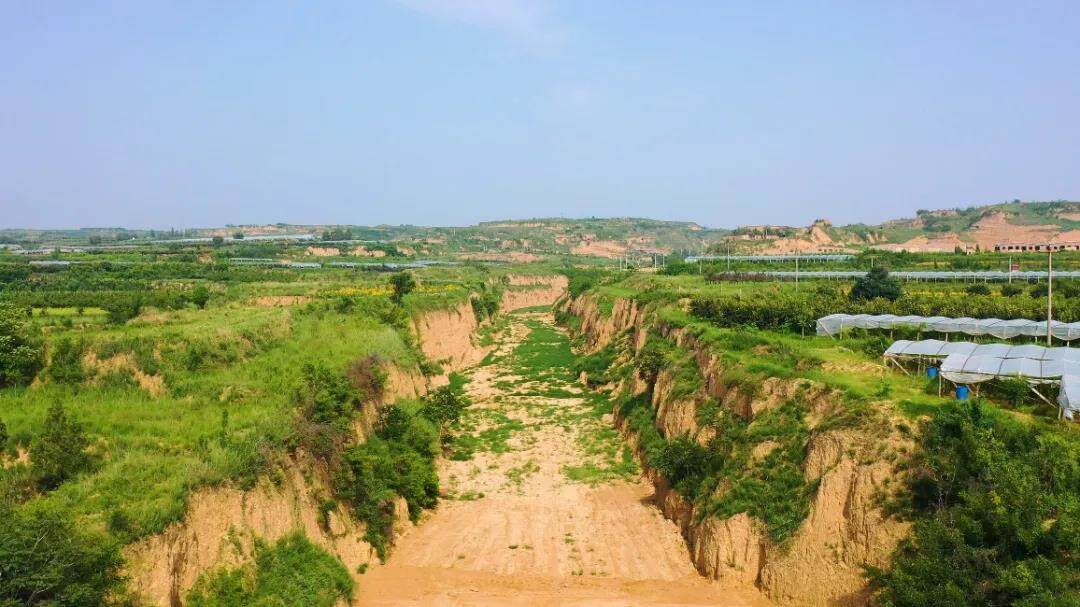
In 233 AD, Emperor Cao Rui of the Weiming Emperor during the Three Kingdoms period expanded the ancient irrigation area and built Linjinpi Yinluo irrigation in the lower reaches of Longshou Canal. Sufficient crops and grass made this the base of the Cao Wei regime to unify the Central Plains.
In 562 AD, Emperor Yu Wenyong of the Northern Zhou Dynasty during the Southern and Northern Dynasties re-excavated the Longshou Canal, which greatly increased national power. In 719 AD, during the reign of Emperor Xuanzong of the Tang Dynasty, Jiang Shidu, the governor of Tongzhou, irrigated and suppressed alkali silt land in Tongling Piyinluo, harvesting tens of thousands. Water conservancy projects strongly supported the prosperity of Kaiyuan.
During the Yuan, Ming, and Qing Dynasties, Yinluo irrigation was scattered sporadically, and sinking wells for irrigation with springs became a notable feature of this period.
The "Chiquan Water Dividing Stele" and the "Water Conservancy Regulation Stele" in the Qing Dynasty recorded the management system of irrigation order, organizational structure, dispute settlement and so on. The Taibai Temple, Quli Temple, and Pinglu Temple, which were once the place of worship of the god of water, evolved into the main places for water management in ancient times.
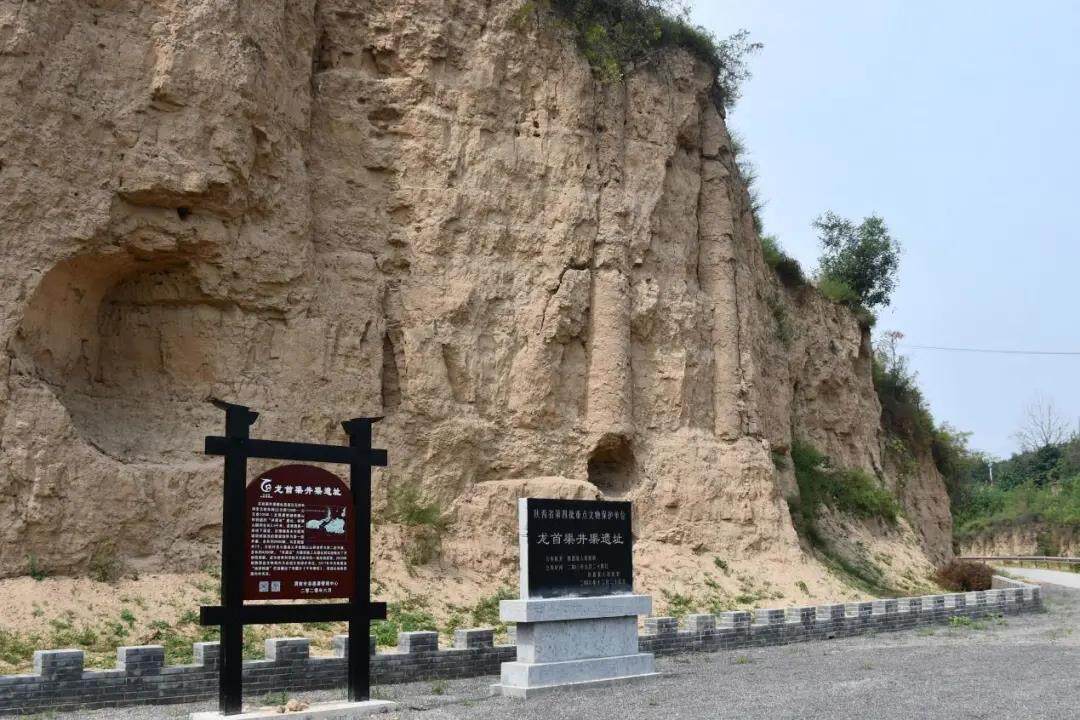
The Fengtu Yicang in the late Qing Dynasty inherited the same line as the Cao Cang in Chanyi in the Han Dynasty. It was known as the "first warehouse in the world" and developed into today's national grain storage depot, which demonstrates the prosperity and self-sufficiency of the Heluo Irrigation District.
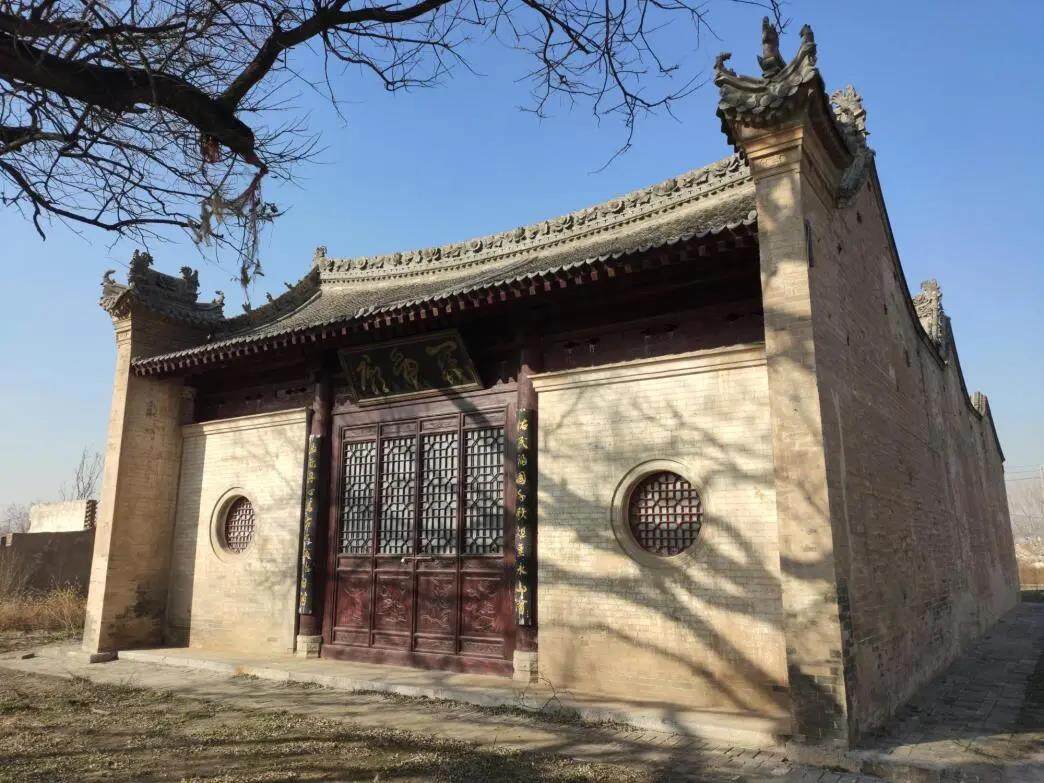
In 1929, there was a year of bad luck in Guanzhong, successive years of severe drought, and no harvest of grains. The construction of water conservancy became the consensus of all walks of life. In 1934, it was still on this hot land. At the time, General Yang Hucheng, the chairman of Shaanxi Province, initiated the construction. The famous water conservancy scientist Li Yizhi planned to build the Luohui Canal, one of the "Eight Huis in Guanzhong". Longshouqu crossed time and space and returned to its original point.
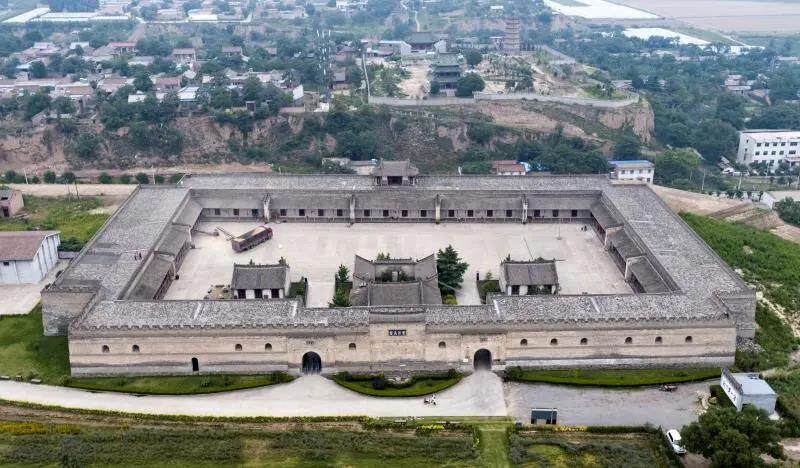
The Luohui Canal reintegrated the different methods of Yinluo irrigation in the past dynasties, continued construction and expanded irrigation, and it took 14 years to be completed. Its canal layout and irrigation area control are scientific and efficient, which coincides with the Longshou Canal. It shows that the ancients were ingenious and far-sighted.
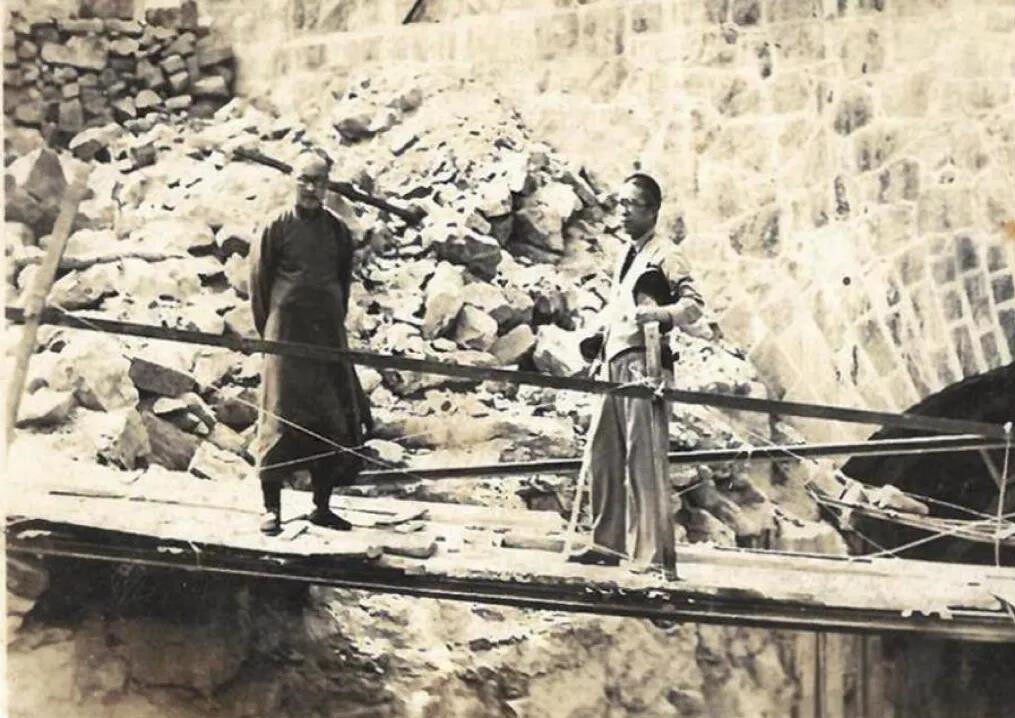
One dam, two troughs, and five holes support the backbone engineering structure of Luohui Canal and become a model of Chinese and Western hydraulic architecture. It adds a lot of modernity to the ancient irrigation area that contains the imprint of the fresh dragon culture, Han culture, and water culture. Technology elements.
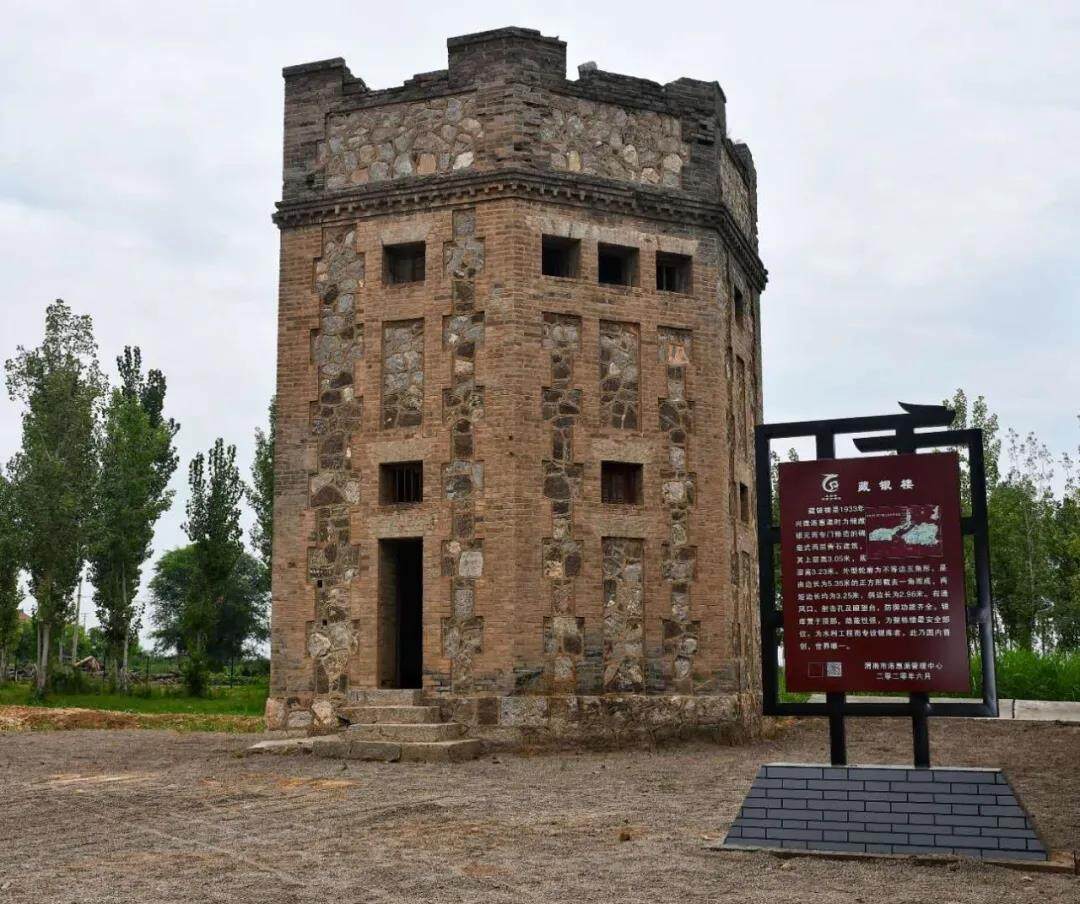
The modern Luohui Canal has developed into a large-scale irrigation area with a complete irrigation and drainage system. The project consists of a dam, irrigation and drainage canal system and supporting facilities. There are two systems in Luodong and Luoxi, including 1 main canal, 4 main canals, and sub-systems. There are 13 canals with a total length of 248 kilometers. They irrigate 743,000 mu of farmland in Chengcheng, Pucheng and Dali counties of Weinan City, benefiting 690,000 people, and have significant ecological, economic and social benefits.
Innovation
In those days, when the ancients built a 3.5-kilometer diversion tunnel that crossed the Tiejian Mountain, they created the magical and intelligent "well and canal method". It is to lay out shafts evenly during tunnel construction, divide the long-distance underground channel into multiple sub-projects, and then excavate them in opposite directions to reduce errors. The shaft serves three purposes: it is not only a work channel, but also abandoning soil and slag, and taking into account ventilation. Daylighting improves work efficiency. During the construction of the main channel of more than 20 kilometers, the ancients adopted the technique of crossing the river ditch. After crossing Tiejian Mountain, the open channels at both ends have a reasonable gradient and a smooth connection, which demonstrates superb measurement technology. The great Chinese historian Sima Qian wrote in "Historical Records·Hequ Book": "The birth of Jingqu starts from this point." This is the earliest record of underground channels. The "Well Channel Method" has made a pioneering contribution to tunnel construction from theory to practice, and has become a precious treasure in the world's scientific and technological treasure house.
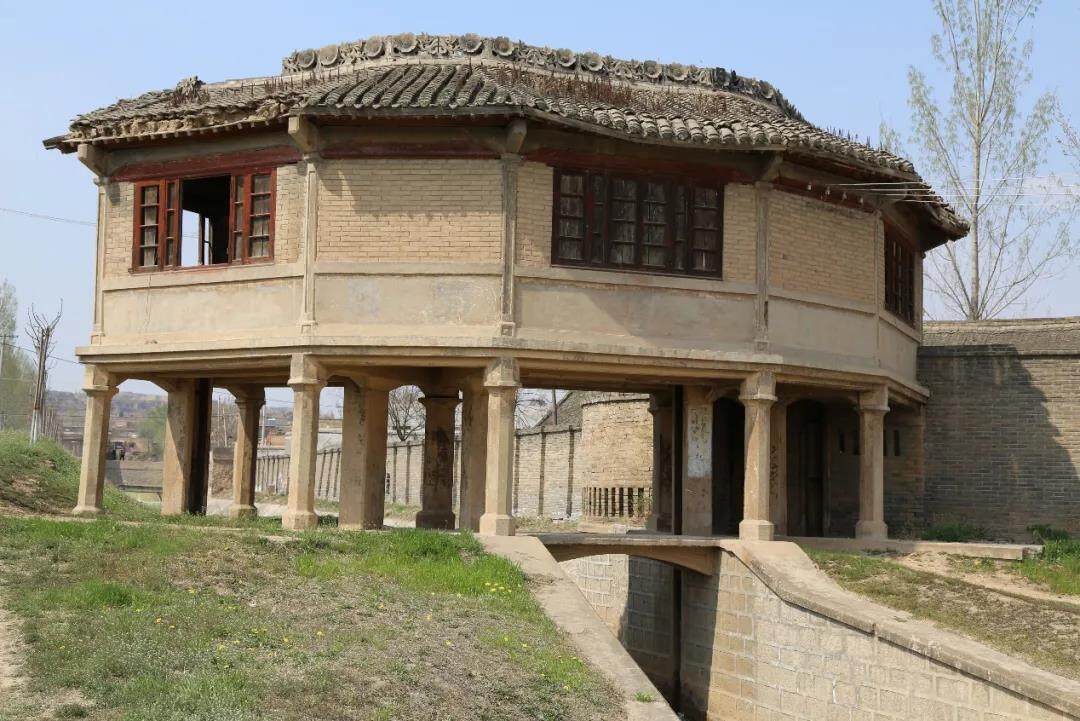
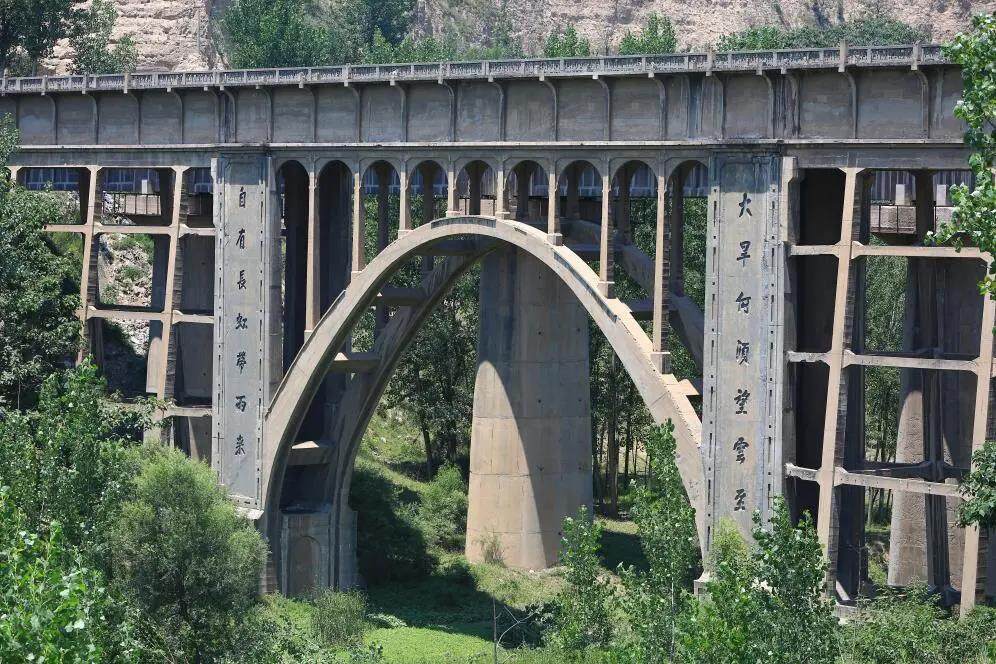
From Longshou Canal to Luohui Canal, it spans more than two thousand years. The Luohui Canal and Longshou Canal planned by Mr. Li Yizhi, the pioneer of modern water conservancy construction in China basically overlap in the canal layout, which further reflects China's water conservancy. Engineering construction had scientific planning ideas and practices as early as the Western Han Dynasty.
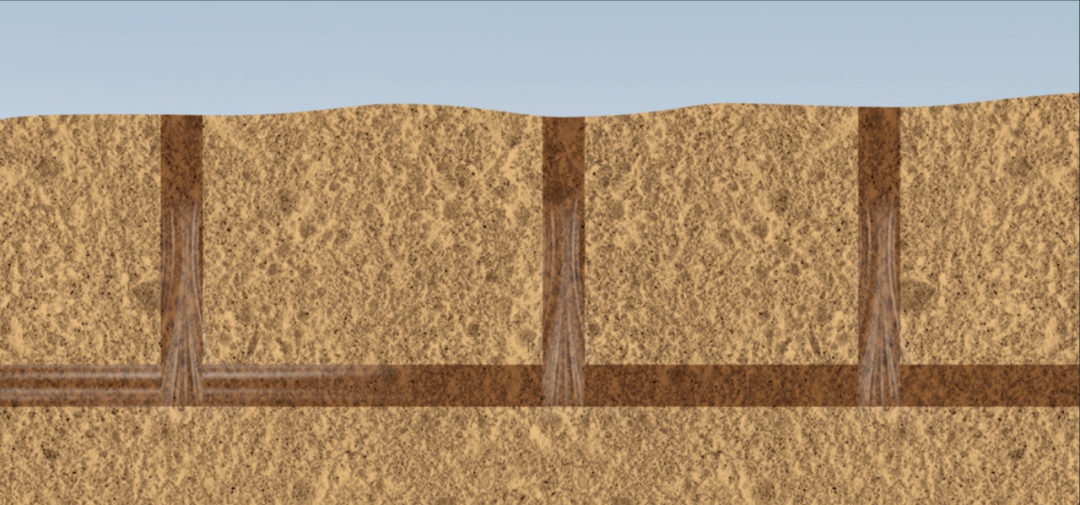
Why do you need to look for the clouds in the drought? Changhong brings rain. Today, Luohui Canal is moving towards a smart irrigation area that benefits agriculture, industry, and ecology. While continuing the historical context of the Yellow River, it is bound to create a more plentiful and pleasant "Thousands of Miles in the West, Qin Dong's Rice and Grains". Editor/He Yuting
Comment
 Praise
Praise
 Collect
Collect
 Comment
Comment
 Search
Search



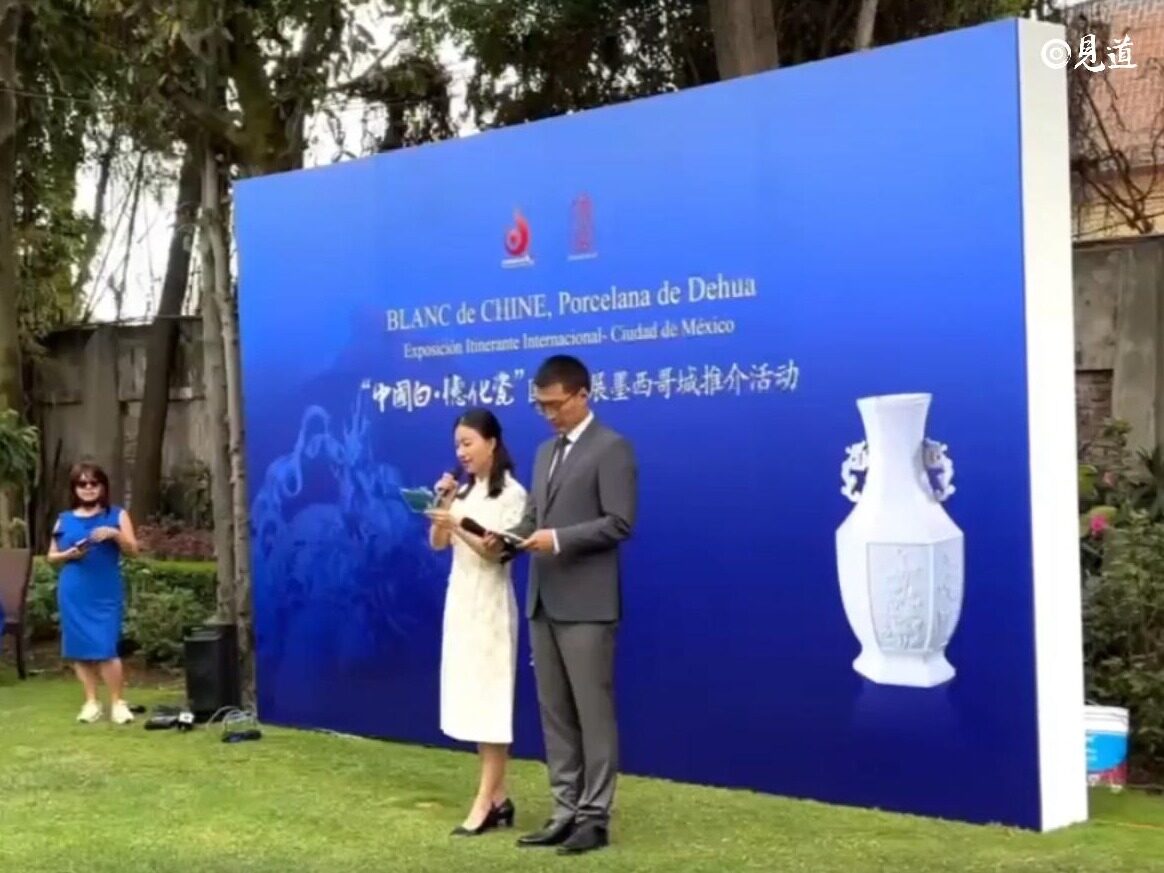

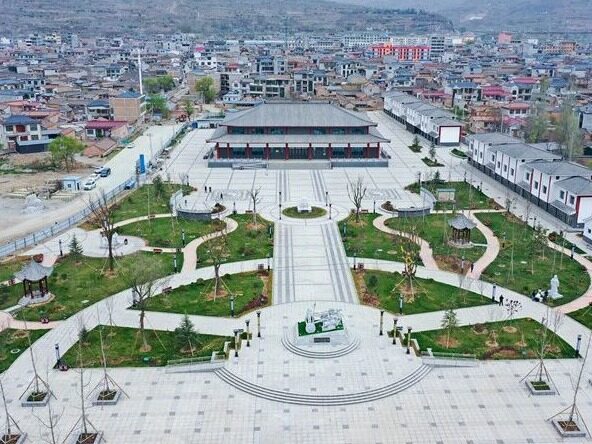
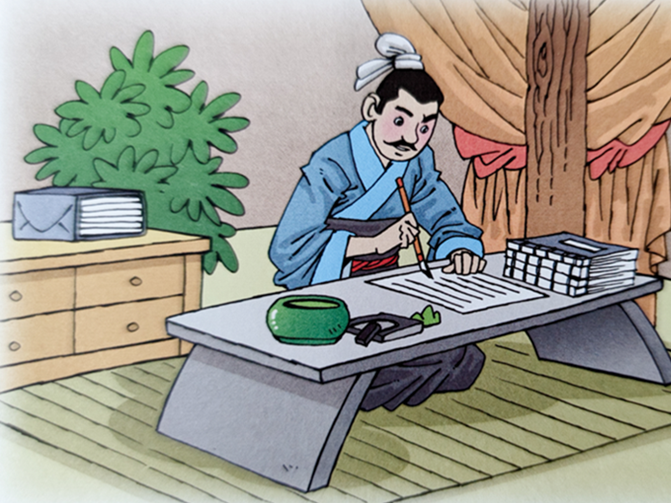
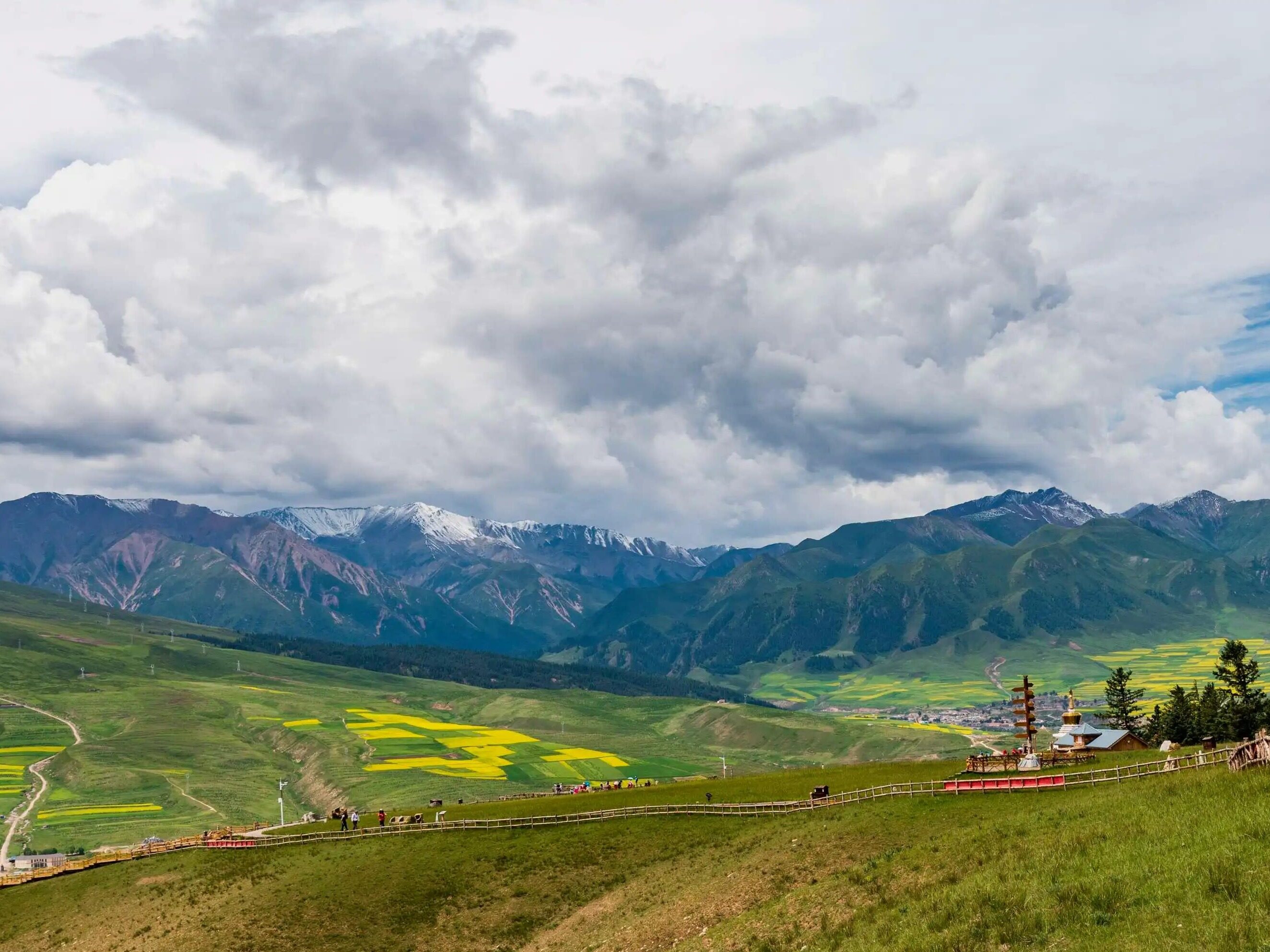






Write something~